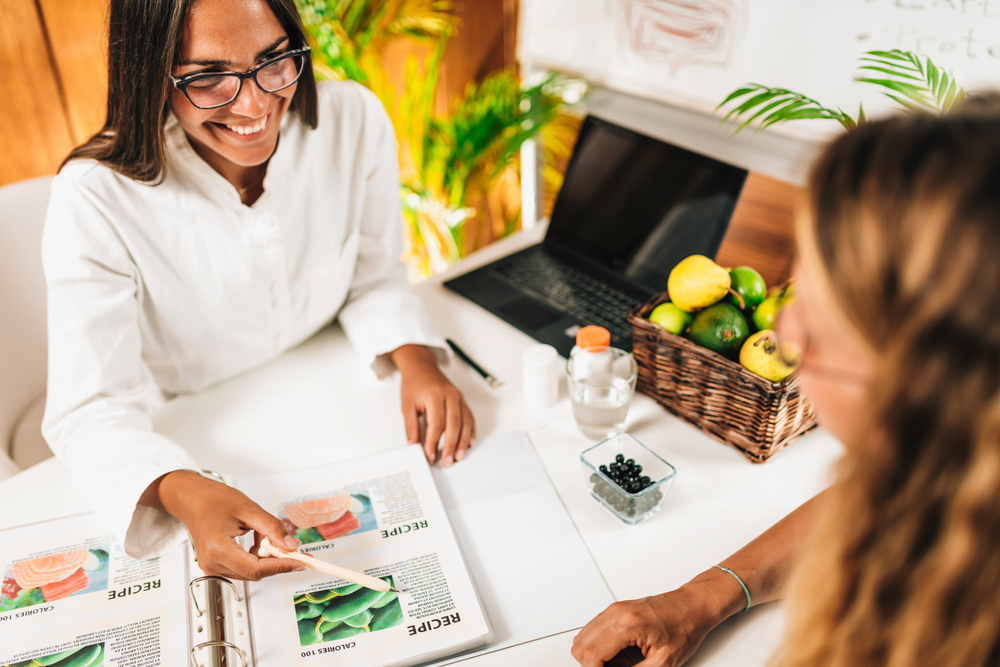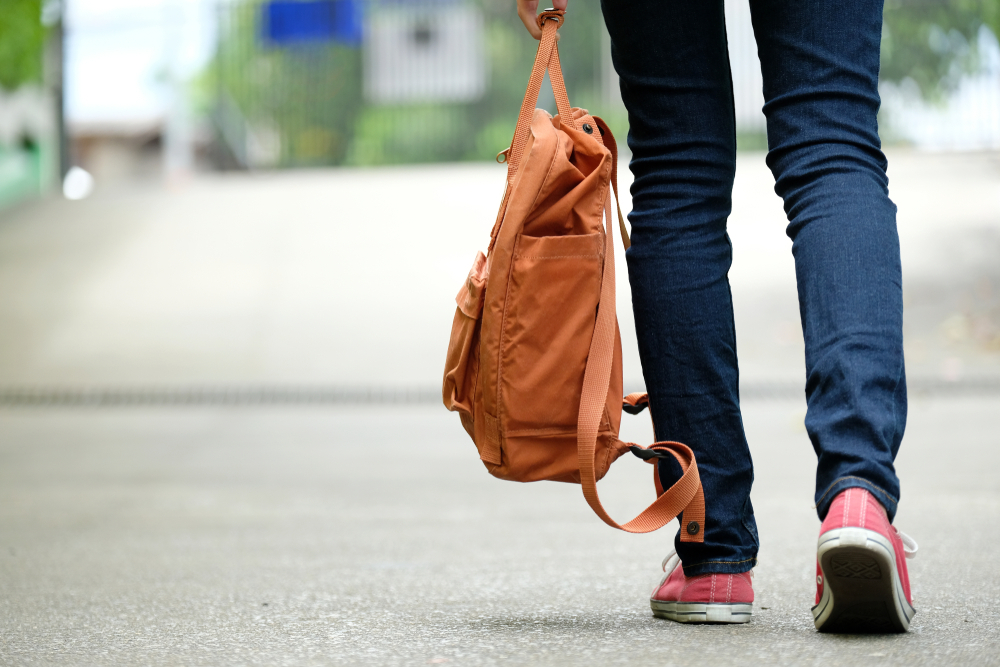What to know about tattoos and diabetes
Getting a tattoo can be a wonderful and exciting step in a person's life. It allows for creative expression and promotes individuality. There are, however, always safety protocols to be aware of — especially when it comes to tattoos and diabetes. If you're living with type 1 diabetes (t1d), here's what to keep in mind before booking an appointment at a tattoo parlor.
How tattoos can affect T1D
Some studies have shown that while most tattoo ink stays put, ink particles may travel elsewhere in the body and be removed by the immune system. What this does to the body is mostly unknown so far — but it's even more reason to be in excellent health before getting a tattoo.
You should also keep an eye on your blood sugar levels, as a tattoo involves your skin getting pierced hundreds of times in a short period. If your glucose levels aren't quite under control before your tattoo appointment, your immune system could be affected, and this can put you at a heightened risk of developing an infection (as well as make it more difficult for your body to fight it).
When deciding on the location of your tattoo, keep in mind that certain parts of the body have better blood circulation than others. It's generally discouraged to get tattooed around areas with poor blood circulation, as this could increase the risk for infection and delay healing. These areas include:
- Hands
- Feet
- Ankles
- Lower legs
Also, consider where you tend to put your continuous glucose monitor (CGM) and insulin pump sites. For instance, if you tend to wear your CGM on your upper arms, you may want to stay away from those areas when planning a tattoo. The same guidelines apply if your pump sites tend to be around your abdomen.
Precautions to take into account during your appointment
It's important to take safety precautions when it comes to tattoos and diabetes, especially during the COVID-19 pandemic. Before going under the needle, confirm that your tattoo artist is following all these safety measures:
- Cleanliness. Make sure your tattoo artist maintains a sterile environment. This should include their tools, their workstation, and the surface you'll be sitting or lying on while getting tattooed. Non-sterile equipment can potentially lead to bloodborne diseases.
- Ample breaks. Before your session begins, let your tattoo artist know you have t1d and that you may need to stop to check your blood sugar periodically or get a snack. This can help them structure the appointment to include a few regular breaks.
- Capacity. No more than five or six people should be present in the tattoo parlor at a time, including waiting areas. This can help prevent the spread of the coronavirus and also help ensure your tattoo artist doesn't get distracted during your session. And remember to wear a mask at all times while in the parlor.
- Allergies: When discussing your tattoo with the artist, ask them about the type of ink they use and what's in it. If you have allergies, make sure to let them know, so you don't experience a reaction during the session.
Considerations around healing
After getting your tattoo, the artist will likely give you an estimate of how long it will take to heal. In addition to monitoring glucose levels before the appointment, you should also make sure your condition is well managed after. Again, you want to avoid complications that can potentially lead to an increased risk of infection. Any infection could lengthen the healing time and lead to more dangerous risks if it persists.
Before getting a tattoo, consult with your doctor and Certified Diabetes Care and Education Specialist to make sure your A1C is within a safe range to do so. If your diabetes is well-managed, your tattoo's healing time shouldn't be any different from anyone else's!
Tips for approaching aftercare
Once you've received your tattoo, it's important to care for your new work of art. Here are some ways to ensure your tattoo heals properly (and safely):
- Keep your skin clean. Use plain soap and water while showering. Pat the area dry after cleaning.
- Use moisturizer. Apply a mild, unscented moisturizer several times a day.
- Monitor your blood sugar levels. Keep an eye on your blood glucose following the appointment, and alert your doctor if anything seems unusual. A CGM can help make this more convenient.
- Avoid the sun. Avoid direct sunlight on the tattooed area for two weeks, as this can cause colors to fade and potentially put your tattooed area at risk for sun damage.
- Avoid swimming. Your body considers your tattoo an open wound until it heals, so during that time, it's a good idea to avoid the bacteria that can be found in open water, pools, and even hot tubs.
- Don't pick at scabs. This one might be obvious, but the best way to help a wound heal is to simply leave it be.
If you have concerns at any point during your healing process, don't hesitate to call your tattoo artist and/or doctor, as they can advise you around treatment.
Looking for additional information and actionable advice around living with diabetes? Explore the library of articles on Health Insights to discover more.




